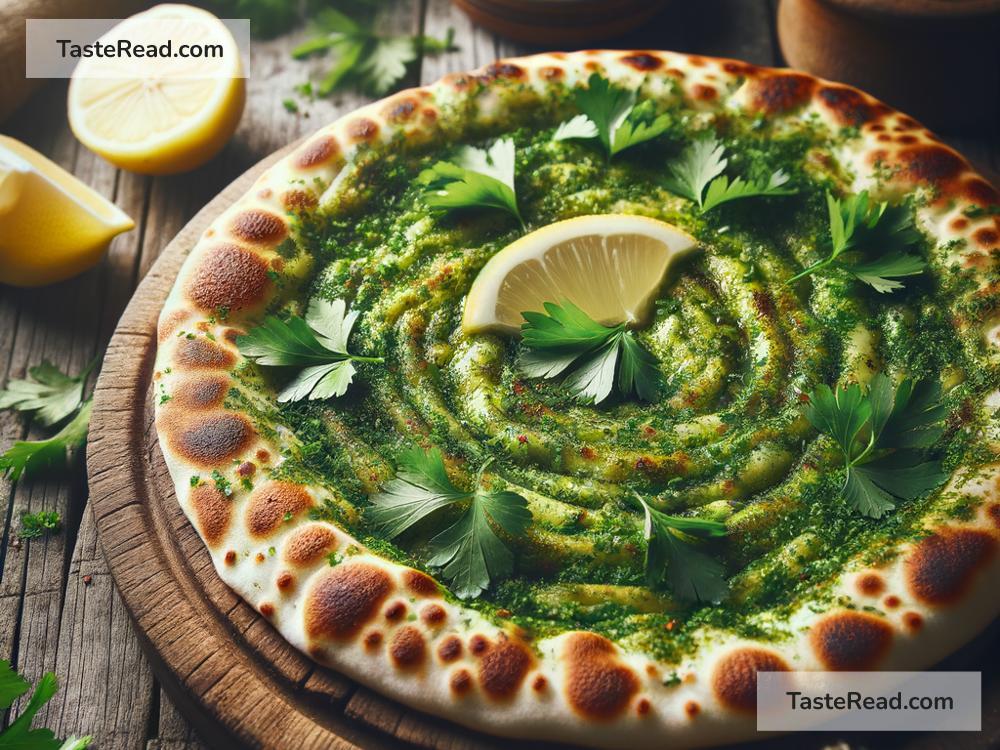In the world of global cuisine, few dishes have made an impact as quietly yet as powerfully as lahmacun. Often hailed as Turkish pizza, lahmacun is both simpler and more profound than its Italian cousin, embodying a whirlwind of flavors and textures that have captivated taste buds worldwide. But how did this delectable dish, originating from the heart of Turkey, become a global sensation? The journey of lahmacun from local delicacy to international superstar is both fascinating and inspiring.
The Roots of Lahmacun: A Cultural Mosaic
Lahmacun, pronounced “lah-ma-jun,” has humble beginnings. It is a traditional Turkish dish that has also found a home in the culinary traditions of neighboring countries such as Armenia, Syria, and Lebanon. The word “lahmacun” comes from Arabic, meaning “dough with meat,” which succinctly captures the essence of the dish. It consists of a thin, crispy dough topped with a layer of finely minced meat (usually beef or lamb), vegetables (like onions and bell peppers), and aromatic herbs and spices.
This dish is steeped in the rich history of the region, where sharing food is not just about feeding the body but about bringing people together. Lahmacun was a simple, nutritious meal that could be easily shared among families and friends, making it a staple in many communities across the Middle East.
The Move to Mainstream: Lahmacun Goes Global
The globalization of lahmacun can be attributed to several factors, including migration, globalization of food culture, and the universal appeal of its taste. During the 20th century, as people from Turkey and the Middle East migrated to different parts of the world, they brought with them their culinary traditions, including lahmacun. Initially, these dishes were prepared within community homes and local eateries, helping to create small pockets of Turkish and Middle Eastern cuisine in various countries.
As global interest in exotic and authentic food grew, so did the curiosity about dishes like lahmacun. Food enthusiasts and chefs around the world began exploring cuisines beyond their borders, leading to a greater appreciation for the simplicity and flavor-packed punch of lahmacun. Social media and travel have immensely contributed to its rising popularity, with numerous food bloggers, YouTube channels, and Instagram accounts dedicated to the world’s culinary delights, featuring lahmacun among other exotic dishes.
Moreover, the flexibility and versatility of lahmacun have played a significant role in its global appeal. While the traditional recipe is cherished, chefs and home cooks alike have experimented with various toppings and doughs, adapting the dish to local tastes and dietary preferences. From vegan and vegetarian versions to gluten-free options, lahmacun has shown that it can transcend cultural and dietary boundaries while maintaining its essence.
The Sensory Experience: Why Lahmacun Captures Hearts
What sets lahmacun apart and endears it to so many is the experience it offers. Eating lahmacun is an interactive process: it’s traditionally rolled up with vegetables like lettuce, tomatoes, and a squeeze of lemon juice, making each bite a harmonious blend of flavors and textures. The crispy dough, the savory and slightly spicy meat topping, and the freshness of added greens create a balanced and satisfying meal. This combination of simplicity, taste, and the hands-on eating style appeals to a broad audience, from foodie adventurers to those who enjoy a fresh, wholesome meal.
The Future of Lahmacun on the Global Stage
Lahmacun’s journey from local kitchens to becoming a cherished item on the global menu is a testament to the power of cultural exchange and the universal language of food. As the world becomes increasingly interconnected, the appetite for authentic and diverse culinary experiences grows, setting the stage for lahmacun and similar dishes to thrive.
Restaurants specializing in global cuisines and street food festivals around the world often feature lahmacun, introducing this delightful dish to an ever-expanding audience. Moreover, the continuous innovation in the food industry, driven by a growing awareness of dietary needs and sustainability concerns, suggests that lahmacun will continue to evolve, finding its place in the hearts and plates of people from all walks of life.
In conclusion, lahmacun’s rise to global popularity is a beautiful example of how food transcends geographical and cultural boundaries, fostering a sense of community and shared joy. Its story teaches us that sometimes, the simplest things can be the most profound, reminding us of the power of sharing a meal with friends, family, and even strangers, in a celebration of our shared humanity.


